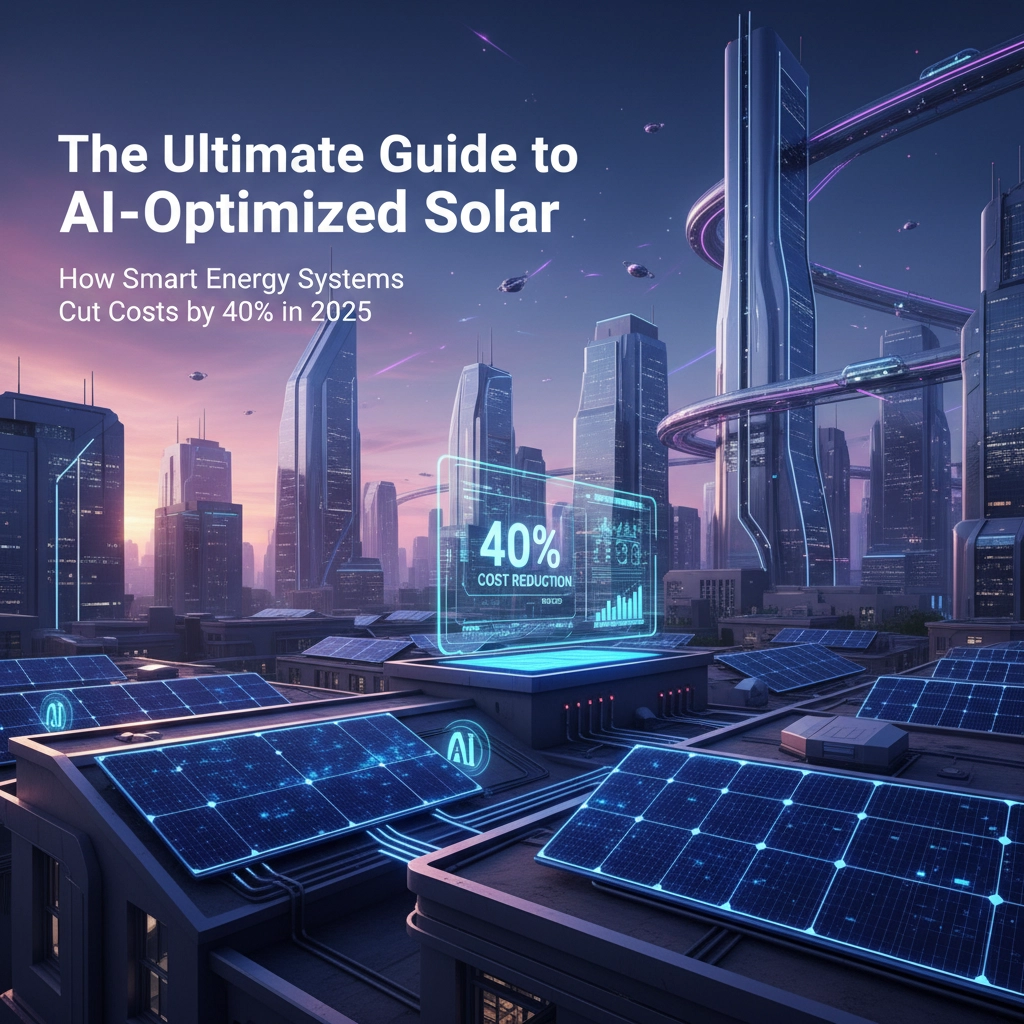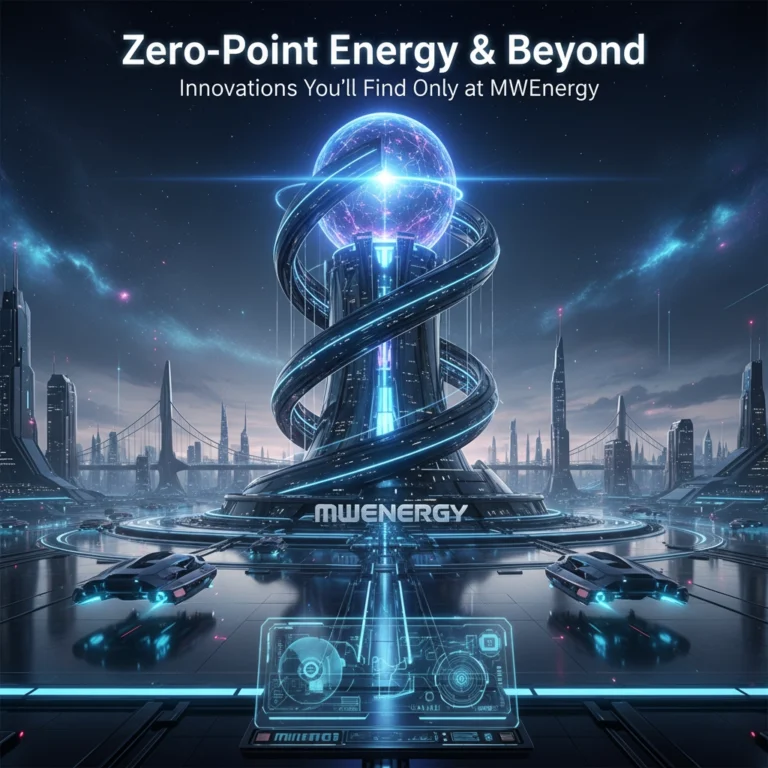The Ultimate Guide to AI-Optimized Solar: How Smart Energy Systems Cut Costs by 40% in 2025
Solar power just got a massive upgrade. In 2025, artificial intelligence isn't just optimizing your Netflix recommendations: it's revolutionizing how we generate, store, and use solar energy. And the results? Jaw-dropping cost savings of 30-50% and energy production boosts of up to 25%.
If you've been on the fence about solar, this changes everything. AI-powered solar systems are delivering the kind of performance improvements that make traditional installations look like flip phones in the smartphone era.
The AI Revolution in Solar Energy
Think of AI-optimized solar as having a genius energy manager working 24/7 to squeeze every ounce of efficiency from your system. These smart systems use machine learning algorithms, predictive analytics, and real-time optimization to constantly adjust and improve performance.
The numbers speak volumes: the global solar AI market hit $5.96 billion in 2024 and is growing at a blistering 20.8% annually. This isn't some distant future tech: it's happening right now, and early adopters are already reaping massive benefits.
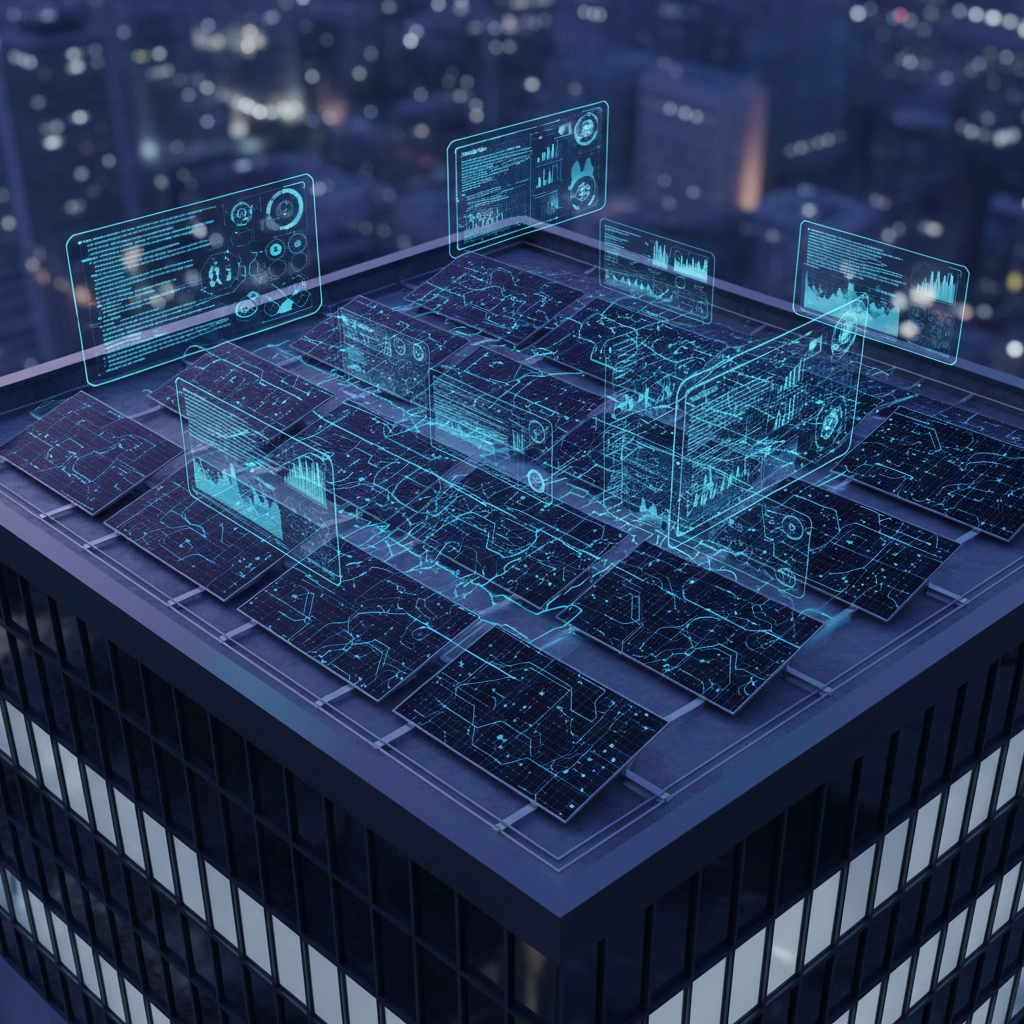
How AI Cuts Your Solar Costs in Half
Predictive Maintenance That Prevents Expensive Breakdowns
Remember the old days when you'd only know something was wrong with your solar panels when your electricity bill spiked? AI changes that completely. Smart sensors continuously monitor your system's health, spotting potential issues before they become costly disasters.
These predictive maintenance systems reduce unexpected equipment failures by up to 70% and slash maintenance costs by 25%. Instead of waiting for panels to break down, AI algorithms analyze performance data to schedule maintenance exactly when needed: not a day sooner or later.
Smart Energy Management That Maximizes Every Watt
AI doesn't just generate power: it optimizes when and how you use it. These systems learn your energy patterns and automatically shift high-energy activities to peak solar production hours. Running the dishwasher? Your AI system waits for that sweet spot when your panels are generating maximum power.
The result? A 30% reduction in electricity bills through intelligent scheduling and energy storage optimization. Your system becomes a master chess player, thinking several moves ahead to maximize your savings.
Design Optimization That Gets More Power from Less Space
Here's where AI really flexes its muscles. Instead of relying on generic layouts, AI-powered design tools analyze thousands of possible panel configurations to find the absolute best setup for your specific location.
These smart design systems process satellite imagery and drone data to map shading patterns with 95% accuracy. They consider everything: seasonal sun angles, nearby buildings, tree growth patterns, even local weather microclimates. The result? Energy production increases of 30% while design costs drop by 25%.

Real-World AI Applications That Are Game-Changers
Drone Inspections That Never Miss a Beat
Forget about climbing on roofs or squinting at panels from the ground. AI-powered drones equipped with high-resolution cameras and thermal imaging conduct thorough inspections in minutes, not hours. These flying inspectors identify dust buildup, panel misalignment, micro-cracks, and hot spots that human eyes would miss.
The AI processes thousands of images to create detailed maintenance reports, catching problems when they're still small and cheap to fix. It's like having a team of eagle-eyed inspectors working around the clock.
Smart Grid Integration That Plays the Energy Market
Your AI system doesn't just generate power: it plays the energy market like a seasoned trader. It automatically decides when to store energy in your batteries, when to power your home directly, and when to sell surplus power back to the grid at peak prices.
These decisions happen in real-time, based on weather forecasts, electricity pricing, and your family's energy needs. It's like having a Wall Street energy trader optimizing your household economics 24/7.
Automated Permitting That Cuts Red Tape
One of the biggest headaches in solar installation used to be navigating permits and regulations. AI streamlines this entire process, automatically generating permit applications and managing project timelines. This automation speeds up approvals by 60% and reduces project delays by 40-60%.
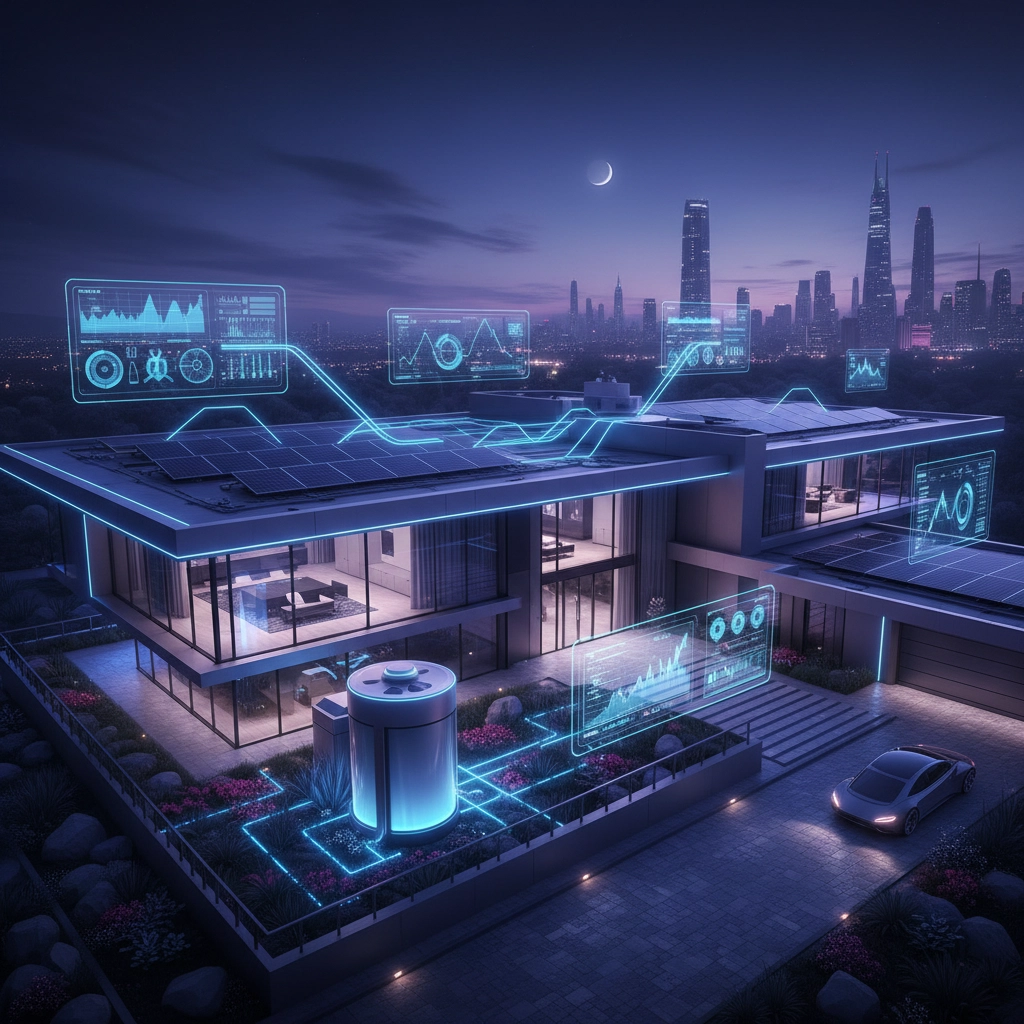
Why 2025 Is the Perfect Time to Go AI-Solar
Several factors are converging to make 2025 the breakthrough year for smart solar systems:
Technology Maturity: AI algorithms have reached a level of sophistication where they deliver consistent, measurable results. Early bugs have been ironed out, and the technology is ready for mainstream adoption.
Cost Effectiveness: The price of AI hardware and software has dropped dramatically while performance has soared. What used to require expensive supercomputers now runs on affordable edge devices.
Regulatory Support: Governments worldwide are offering incentives specifically for smart energy systems. These programs recognize that AI-optimized solar isn't just better for consumers: it's better for the entire electrical grid.
Grid Stability Needs: As more renewable energy comes online, utilities desperately need intelligent systems that can predict and adapt to changing conditions. AI-solar installations help stabilize the grid while maximizing clean energy production.
The Installation Process: Simpler Than You Think
Gone are the days of month-long installation projects. AI has streamlined every step of the process:
Smart Site Assessment: AI analyzes satellite imagery and local weather data to create detailed feasibility reports in hours, not days.
Automated Design: Machine learning algorithms generate optimized system layouts that maximize energy production while minimizing costs.
Predictive Project Management: AI systems coordinate installation teams, predict potential delays, and automatically adjust schedules to keep projects on track.
Intelligent Commissioning: Smart systems self-test and optimize performance from day one, eliminating the typical break-in period where systems gradually reach peak efficiency.
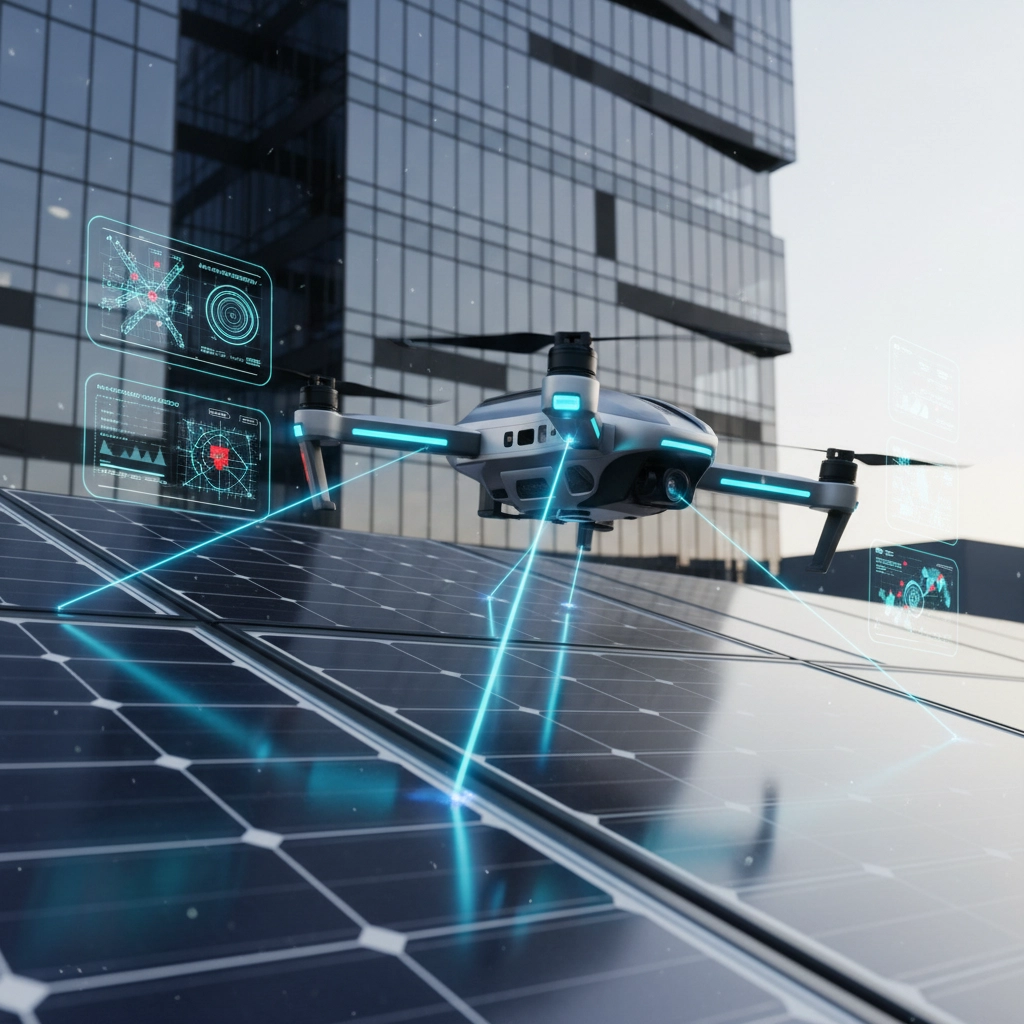
What This Means for Your Bottom Line
Let's talk numbers. A typical AI-optimized solar installation for a mid-size commercial building might cost $200,000 upfront. With traditional systems, you might see 8-10% annual returns on investment. With AI optimization, those returns jump to 15-20% annually.
For residential installations, a $25,000 AI-solar system typically pays for itself in 4-5 years instead of the traditional 7-8 years. After that, you're looking at decades of essentially free electricity with minimal maintenance costs.
The maintenance savings alone are substantial. Traditional solar systems require regular professional inspections and reactive maintenance. AI systems slash these costs by 40-50% through predictive maintenance and automated problem resolution.
The Future Is Already Here
AI-optimized solar isn't coming someday: it's transforming the energy landscape right now. Companies that embrace smart solar systems are gaining significant competitive advantages through lower energy costs, improved sustainability credentials, and enhanced operational efficiency.
The technology continues evolving rapidly. Today's AI systems are just the beginning. As algorithms become more sophisticated and processing power increases, we can expect even greater cost savings and performance improvements in the coming years.
For businesses and homeowners serious about maximizing their renewable energy investment, AI-optimized solar systems represent the new standard. The question isn't whether this technology will dominate the market: it's whether you'll be an early adopter who benefits from the transition or a latecomer playing catch-up.
Ready to explore how AI-optimized solar can transform your energy costs? Visit our solar solutions page to discover what smart solar systems can do for your specific situation. The future of energy is intelligent, efficient, and surprisingly affordable.

